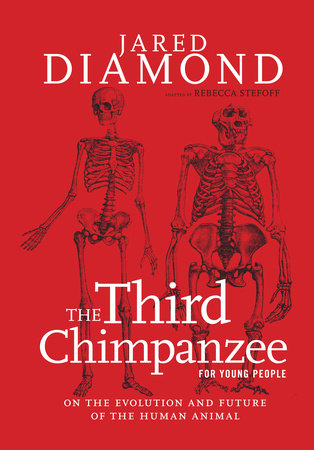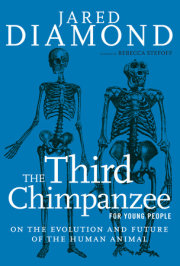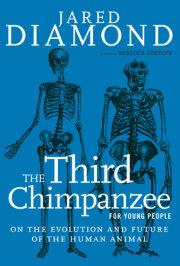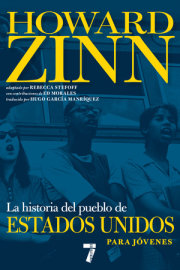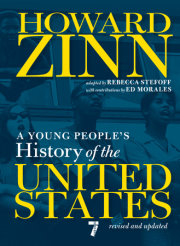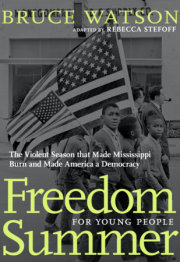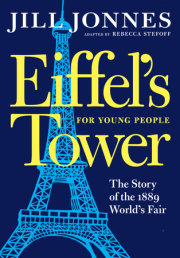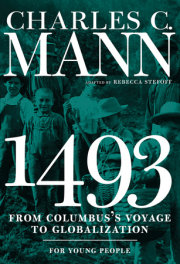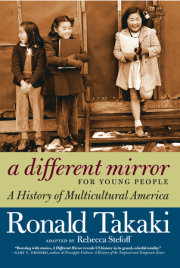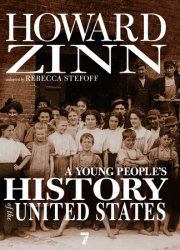Introduction: what makes us human?
part one: just another big mammal
chapter 1: a tale of three chimps
chapter 2: the great leap forward
part two: a strange life cycle
chapter 3: human sexuality
chapter 4: the origin of human races
chapter 5: why do we grow old and die?
part three: uniquely human
chapter 6: the mystery of language
chapter 7: animal origins of art
chapter 8: agriculture, for better and worse
chapter 9: why do we smoke, drink, and use dangerous drugs?
chapter 10: alone in a crowded universe
part four: world conquerors
chapter 11: the last first contacts
chapter 12: accidental conquerors
chapter 13: in black and white
part five: reversing our progress overnight
chapter 14: the golden age that never was
chapter 15: blitzkrieg and thanksgiving in the new world
chapter 16: the second cloud
Afterword : nothing learned, everything forgotten?
Glossary
Index
Photograph and Illustration Credits
About the Authors

